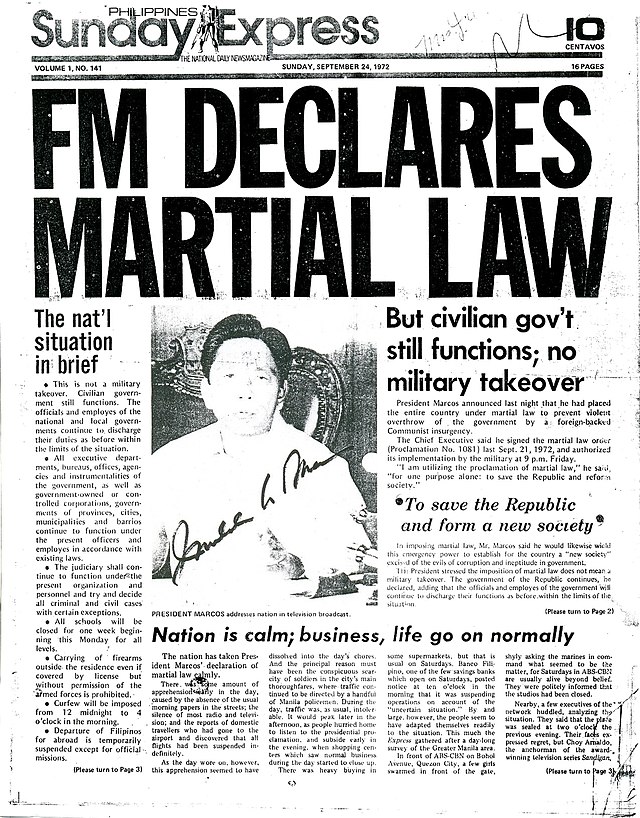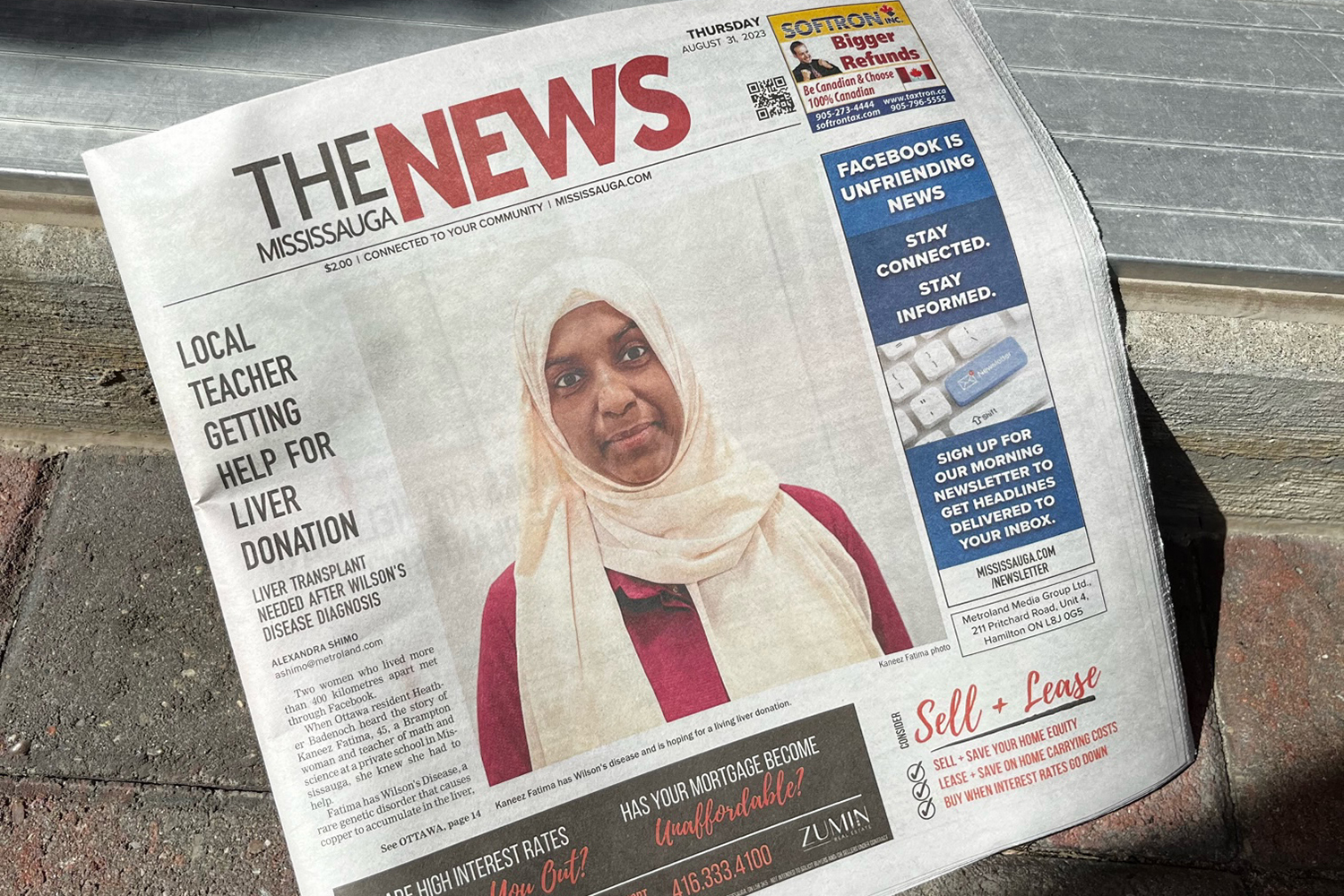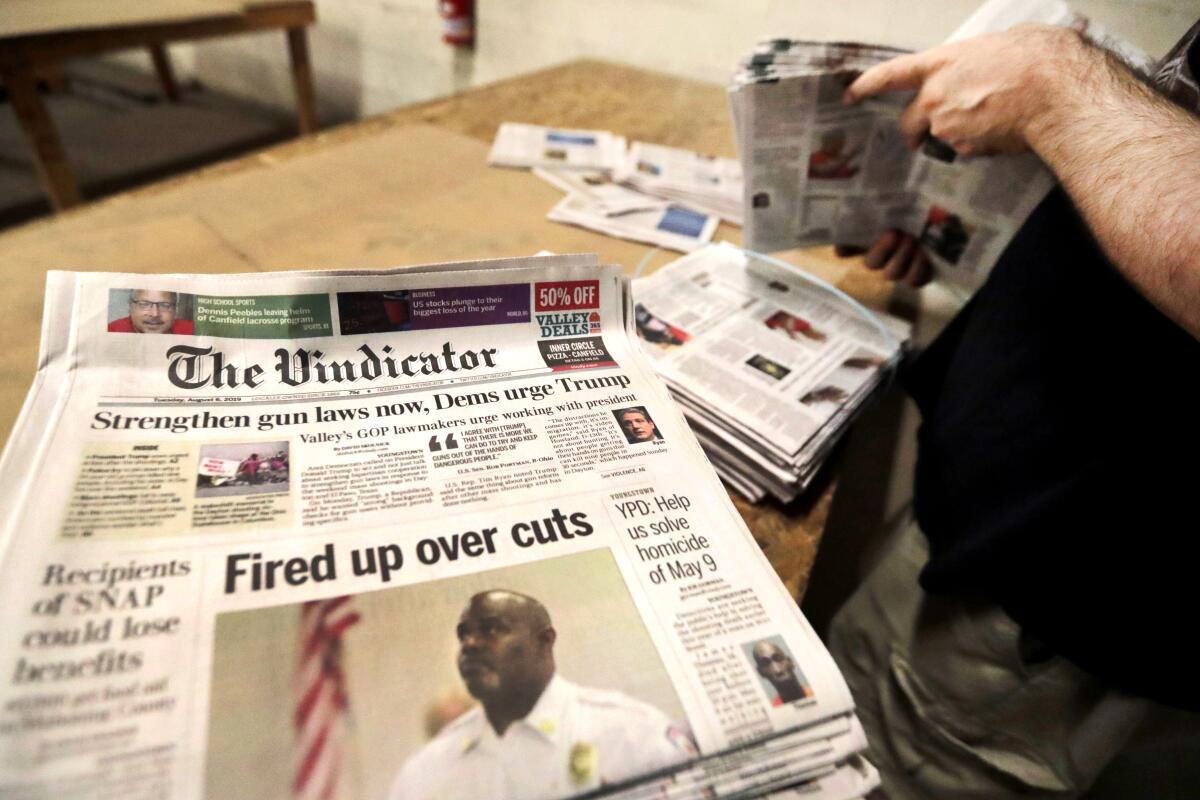Little Known Facts About News Articles.
Little Known Facts About News Articles.
Blog Article
The Ultimate Guide To News Articles
Table of ContentsIndicators on News Articles You Need To KnowThe smart Trick of News Articles That Nobody is Talking AboutExamine This Report on News ArticlesUnknown Facts About News ArticlesThe 6-Second Trick For News Articles
Great expertise of different subjects provides pupils an affordable edge over their peers. Although electronic and social networks are conveniently accessible, we should not fail to remember just how vital it is to check out the papers. Moms and dads have to try and instill the routine of reading a newspaper as an everyday routine to continue the tradition of the revered print medium.News stories likewise consist of at the very least one of the complying with important features loved one to the designated target market: closeness, prominence, timeliness, human passion, strangeness, or effect. The relevant term journalese is often utilized, normally pejoratively, to describe news-style writing. One more is headlinese. Newspapers usually abide by an expository writing design.
Within these limitations, information tales additionally aim to be thorough. Among the bigger and a lot more highly regarded papers, fairness and balance is a significant element in presenting information.
Newspapers with a worldwide target market, for instance, have a tendency to use a much more official style of composing. News Articles.; common design guides include the and the US Information Style Book.
What Does News Articles Do?
As a rule, reporters will not use a lengthy word when a short one will do. News writers try to stay clear of using the exact same word much more than once in a paragraph (sometimes called an "echo" or "word mirror").
However, headlines in some cases leave out the topic (e.g., "Jumps From Boat, Catches in Wheel") or verb (e.g., "Feline female fortunate"). A subhead (additionally subhed, sub-headline, subheading, caption, deck or dek) can be either a secondary title under the primary headline, or the heading of a subsection of the post. It is a heading that precedes the main message, or a group of paragraphs of the main text.

of an article topic, informant, or interviewee), it is referred to as a drawn quote or pull quote. Extra signboards of any one of these kinds may show up later on in the short article (especially on succeeding web pages) to attract more analysis. Journalistic sites occasionally use computer animation strategies to switch one directory signboard for an additional (e.g.
10 Easy Facts About News Articles Described
Such billboards are also utilized as guidelines to the post in various other sections of the publication or site, or as promotions for the item in other publication or websites. News release of the Swiss federal government. Normal structure with title, lead paragraph (recap in strong), other paragraphs (information) and call info.

Instance of a hard-lead paragraph NASA is proposing another room project. The firm's budget request, announced today, included a plan to send out an additional mission to the Moon. This time the firm wants to develop a long-lasting facility as a jumping-off point for various other area journeys. The budget plan requests roughly $10 billion for the task.
An "off-lead" is the 2nd most important front web page information of the day. To "hide the lead" is to begin the write-up with history information or information of secondary significance to the readers, requiring them to check out more deeply into an article than they must have to in order to find the important points.
News Articles for Beginners
Common usage their explanation is that one or more sentences each form their very own paragraph. Journalists generally define the company or structure of a news story as an inverted pyramid. The essential and most interesting aspects of a story are placed at the start, with sustaining information complying with in order of decreasing value.
It permits people to discover a topic to just the depth that their interest takes them, and without the imposition of information or subtleties that they could consider unnecessary, however still making that info available to extra interested viewers. The upside down pyramid framework also allows write-ups to be cut to any arbitrary length during format, to suit the room readily available.
Some More about the author authors start their tales with the "1-2-3 lead", yet there are several kinds of lead readily available. This format invariably starts with a "Five Ws" opening up paragraph (as defined over), followed by an indirect quote that offers to sustain a major component of the first paragraph, and afterwards a direct quote to support the indirect quote. [] A twist can describe numerous things: The last story current program; a "pleased" tale to finish the show.
Longer articles, such as publication cover posts and the pieces that lead the inside sections of a paper, are called. Feature tales differ from straight news in several methods. Foremost is the absence of a straight-news lead, a lot of the moment. Rather than offering the significance of a story in advance, attribute writers might attempt to draw visitors in.
News Articles Fundamentals Explained
A feature's first paragraphs often relate an intriguing moment or occasion, as in an "unscientific lead". From the particulars of an individual or episode, its view swiftly expands to generalities regarding the tale's subject.

The Editor's Tool kit: A Recommendation Guide for Beginners and Professionals (2001) Allan M. Siegal and William G. Connolly. The New York City Times Guidebook of Design and Use: The Official Style Guide Utilized by the Writers and Editors of the World's Most Authoritative Newspaper (2002) M. L. Stein, Susan Paterno, and R.
Report this page